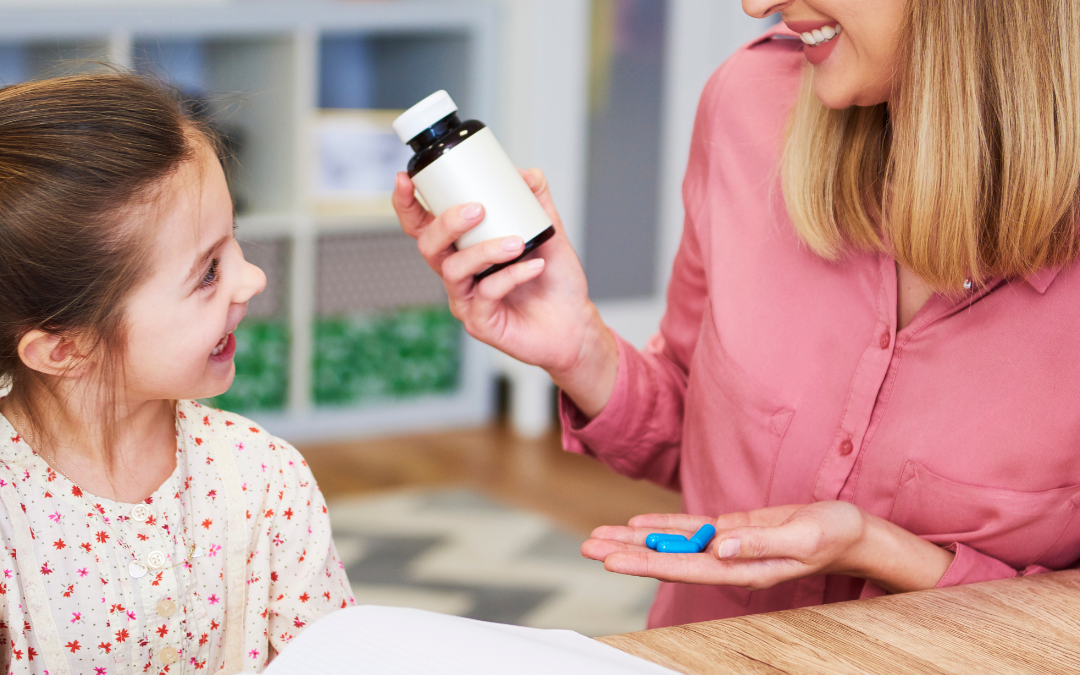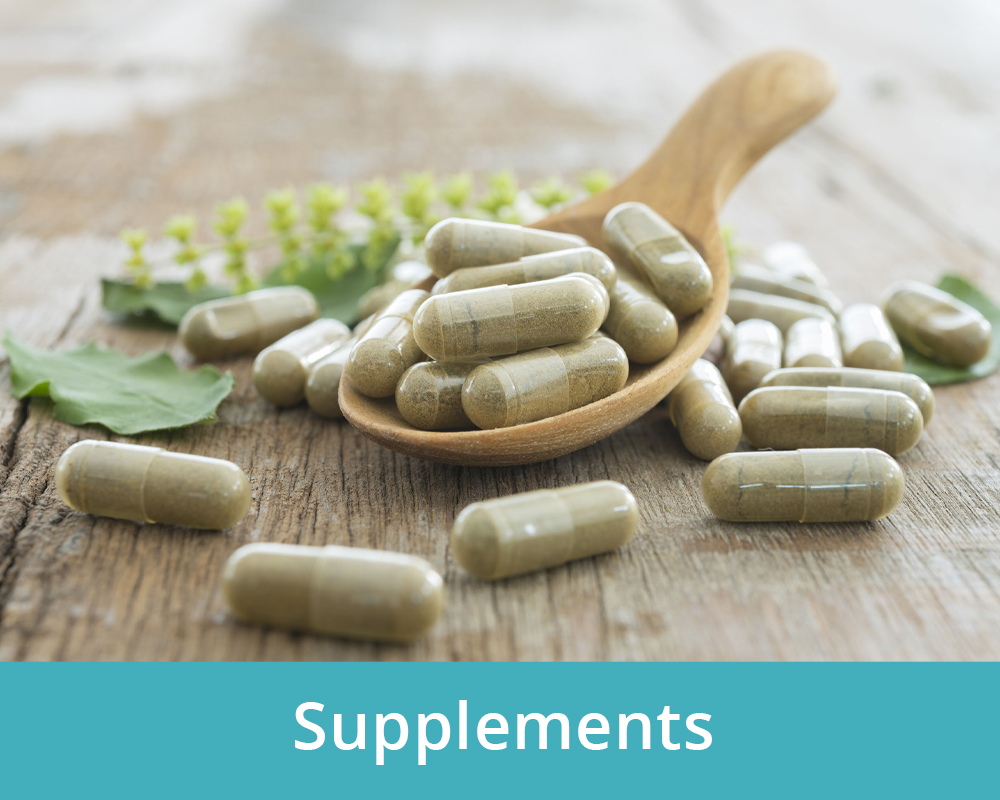
Cheerful Butternut Soup

Individually, these ingredients provide unique advantages, from reducing inflammation to boosting digestion and even mood. Combined, they can be part of a holistic approach to a healthier lifestyle.
- Ginger: A Potent Anti-Inflammatory and Digestive Aid
Ginger has been used for centuries in both cooking and traditional medicine, particularly in Asia. This spicy root is known for its numerous health benefits.
- Reduces Inflammation: Ginger contains compounds called gingerols and shogaols, which have powerful anti-inflammatory effects. These compounds can help reduce pain in conditions like osteoarthritis and muscle soreness after exercise. Inflammation can be a contributing factor to depression aswell.
- Aids Digestion: Ginger has long been used as a remedy for indigestion and nausea. It stimulates the production of saliva and bile, helping the body break down food more effectively. This makes it particularly beneficial for easing nausea caused by motion sickness, pregnancy, or chemotherapy.
- Boosts Immune Function: The anti-inflammatory and antioxidant properties of ginger can help boost the immune system and prevent illnesses like the common cold. It also improves circulation, helping your body combat infections more effectively.
- Apple Cider Vinegar: The Fermented Wonder
Apple cider vinegar (ACV) has gained a reputation as a powerful health tonic. Made from fermented apple juice, ACV is packed with beneficial bacteria, enzymes, and acetic acid.
- Promotes Healthy Digestion: Apple cider vinegar helps balance stomach acidity, aiding in the digestion of food and may help to off set bloating, gas and stomach pain . The acetic acid in ACV can also increase the absorption of essential nutrients from food.
- Regulates Blood Sugar Levels: ACV has been studied for its ability to improve insulin sensitivity and lower blood sugar levels. This can be particularly beneficial for people with type 2 diabetes or those looking to maintain steady mood and energy levels throughout the day.
- Supports Weight Loss: Studies suggest that apple cider vinegar may help in weight management by increasing satiety and reducing appetite. It also appears to slow down the rate at which food leaves the stomach, helping you feel fuller for longer.
- Butternut Squash: A Nutrient-Dense, Low-Calorie Powerhouse
Butternut squash is a delicious, nutrient-rich vegetable that offers a variety of health benefits. Rich in vitamins, minerals, and fiber, it’s a perfect addition to a healthy diet.
- High in Vitamins and Antioxidants: Butternut squash is an excellent source of vitamins A and C, which play a crucial role in maintaining healthy skin, vision, and immune function. Its orange color comes from beta-carotene, a powerful antioxidant that helps protect against free radical damage.
- Supports Heart Health: The high potassium content in butternut squash helps regulate blood pressure, while its fiber helps lower cholesterol levels. This combination supports overall heart health and reduces the risk of cardiovascular diseases.
- Aids in Weight Management: Butternut squash is relatively low in calories while being high in fiber, making it a great food for those looking to manage their weight. The fiber content helps you feel full longer, preventing overeating.
- Turmeric: The Golden Spice with Healing Powers
Turmeric, a bright yellow spice commonly used in Indian and Southeast Asian cuisine, is revered for its powerful medicinal properties. Its active compound, curcumin, is responsible for most of its health benefits.
- Potent Anti-Inflammatory and Antioxidant Effects: Curcumin is a powerful anti-inflammatory agent, which can help in managing chronic inflammation—a key contributor to many diseases, including heart disease, cancer, and Alzheimer’s. Its antioxidant properties also protect the body from oxidative stress and damage caused by free radicals.
- Boosts Brain Health: Curcumin has been shown to increase levels of brain-derived neurotrophic factor (BDNF), which plays a role in improving memory and cognitive function. This may have potential benefits for preventing neurodegenerative diseases like Alzheimer’s.
- Supports Joint Health: Due to its anti-inflammatory properties, turmeric is particularly beneficial for people suffering from arthritis or other joint-related conditions. Regular consumption of turmeric may help reduce joint pain and stiffness.
Conclusion
Incorporating ginger, apple cider vinegar, butternut squash, and turmeric into your diet can help to reduce inflammation, improve digestion, support heart health, or enhance brain function and mood, these natural ingredients offer a simple and effective way to nourish your body. Combining them in soups can be one step to elevate your wellness journey and help you lead a healthier, more vibrant life.

Cheerful Butternut Soup
Ingredients
- 1 butternut squash (peeled, seeds removed an
- 1 1/2 tbsps ginger (peeled and grated)
- 1/2 tbsp curry powder
- 1 tbsp of turmeric powder
- 3 cups of vegetable broth
- 2 tbsps of apple cider vinegar
- 1 tsp sea salt
- grounded black pepper
Notes
- Combine all ingredients into the slow cooker. Cook on high for 3 to 4 hours, or on low for 6 hours.
- Using a handheld blender, blend the soup until smooth or until desired consistency is reached. Divide into bowls and adjust salt to taste as needed. Enjoy!














